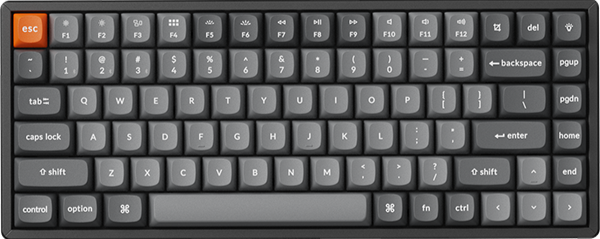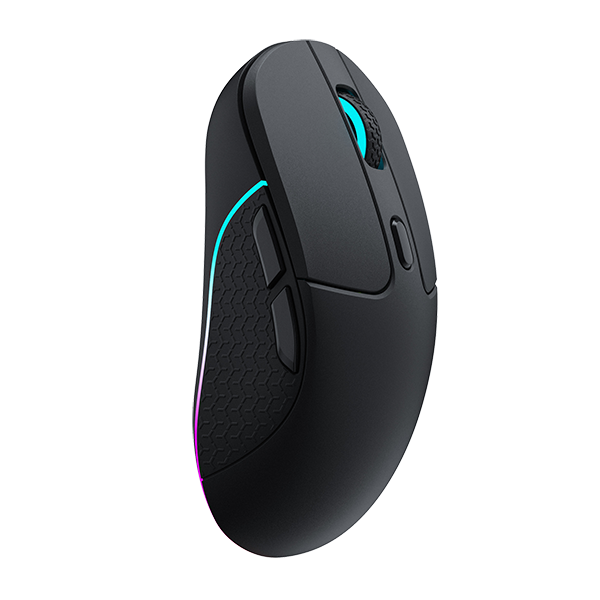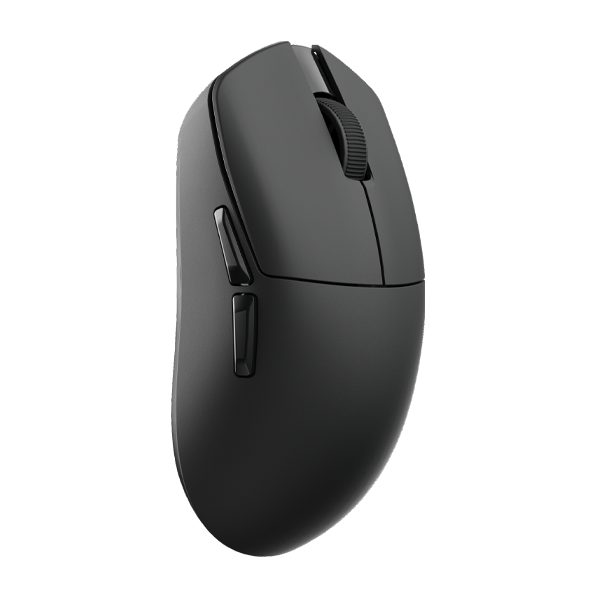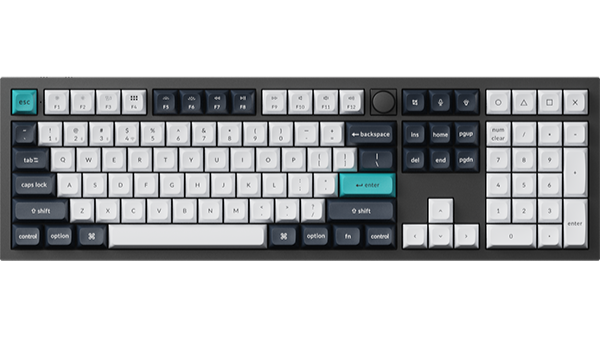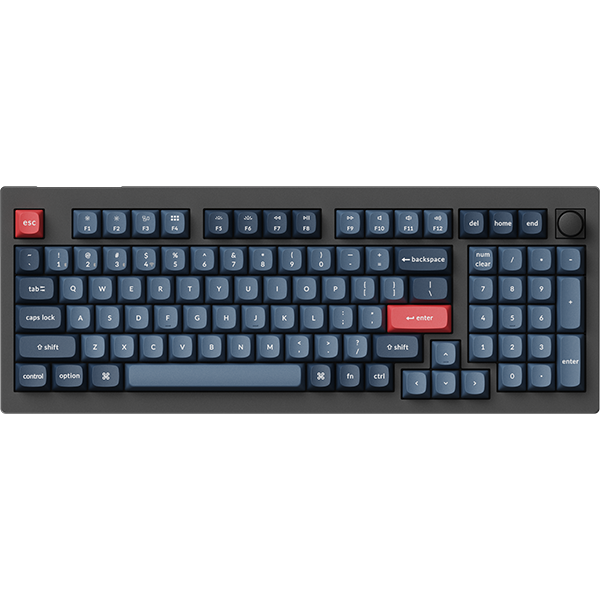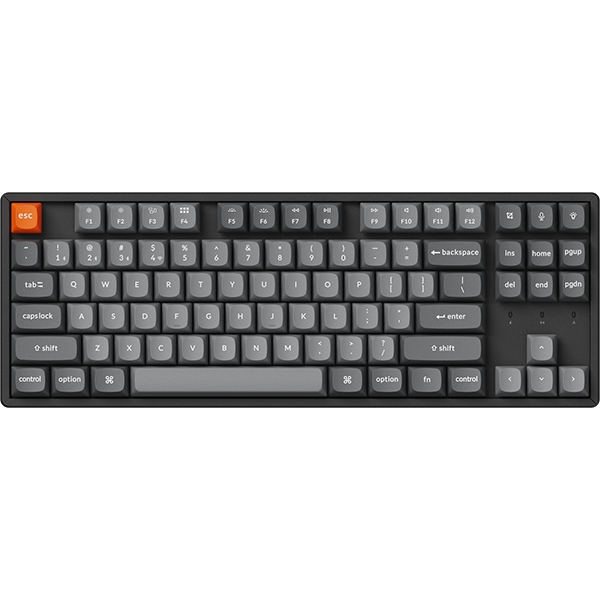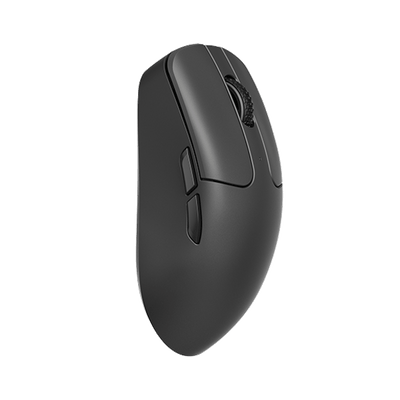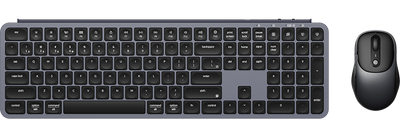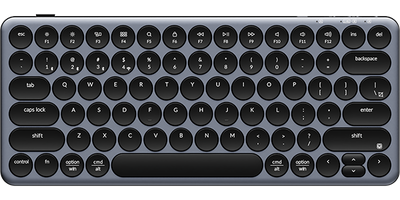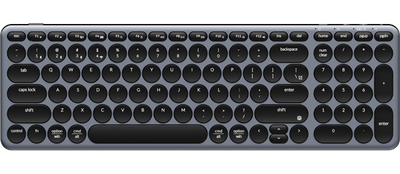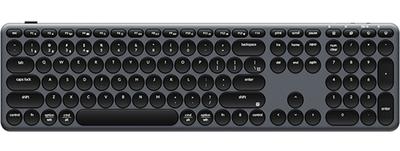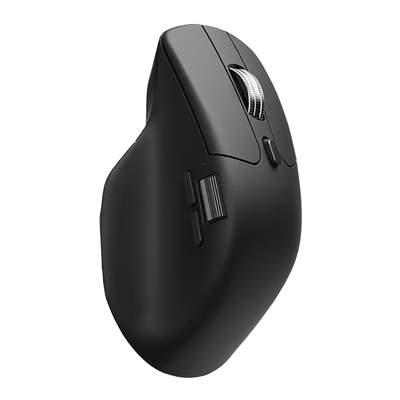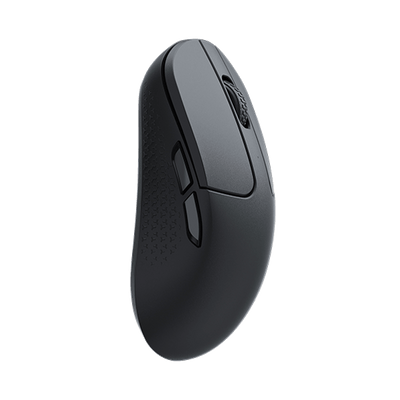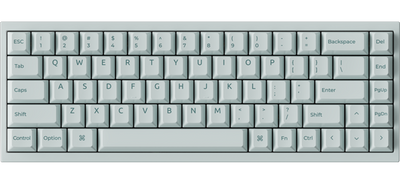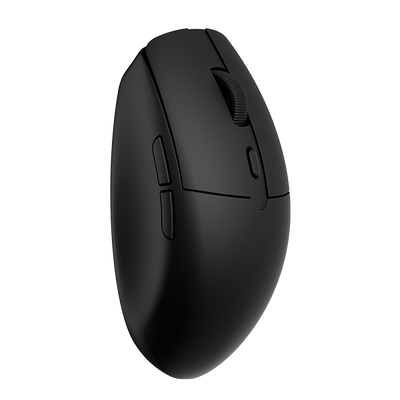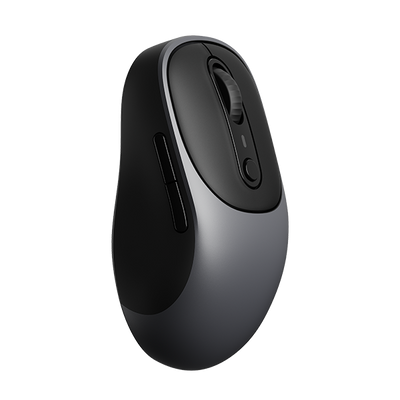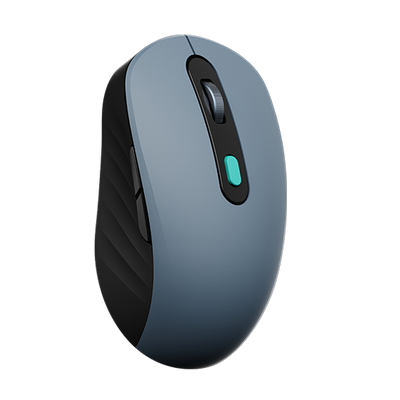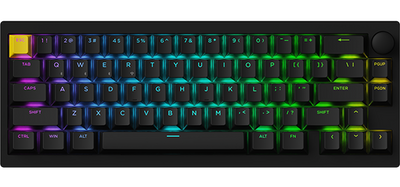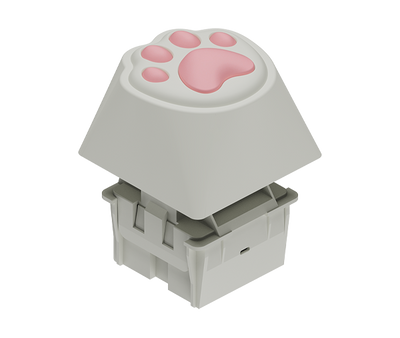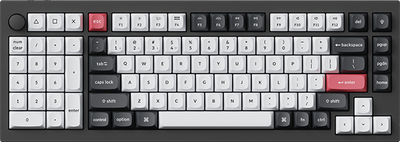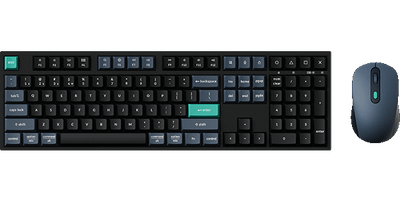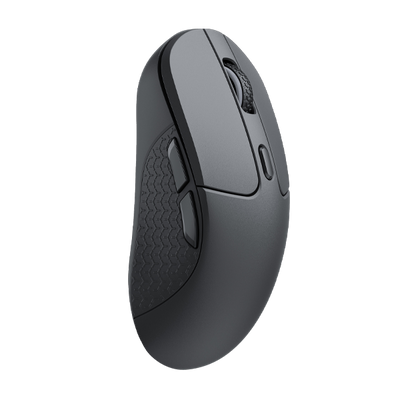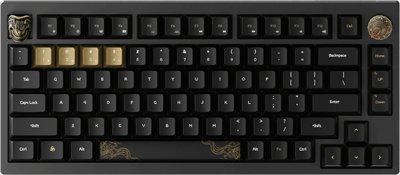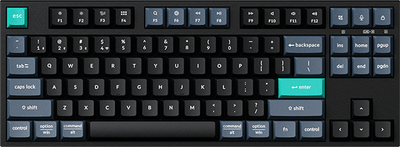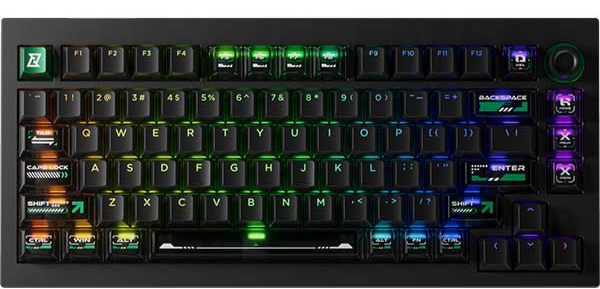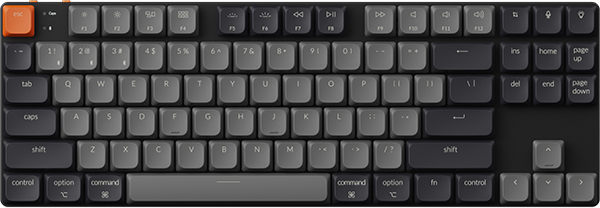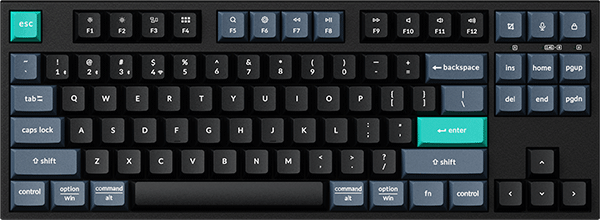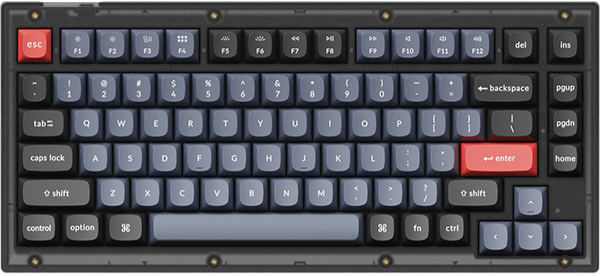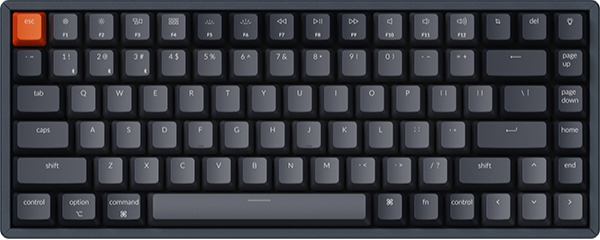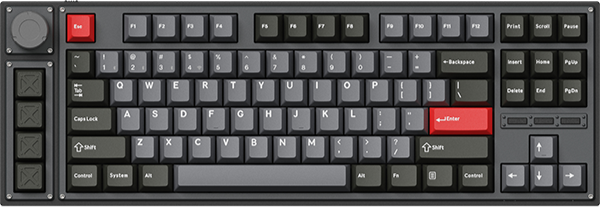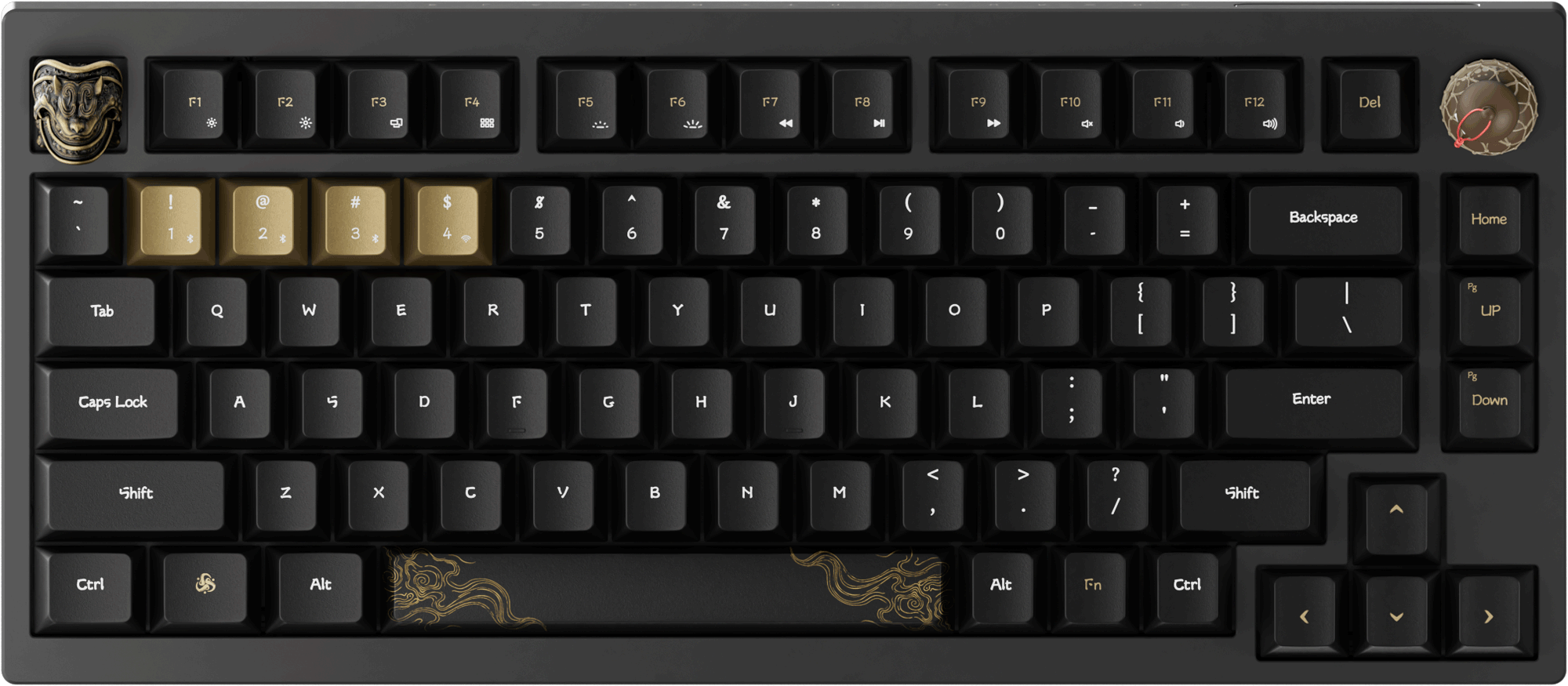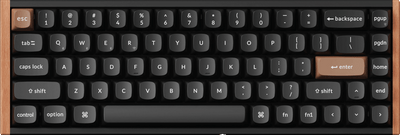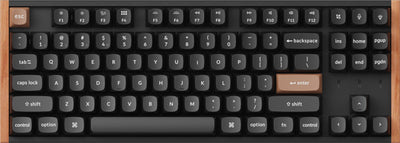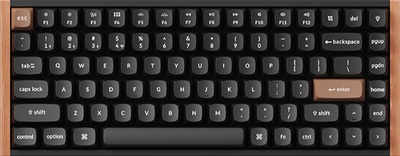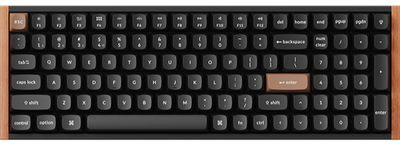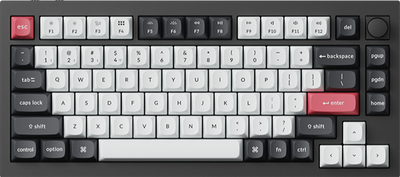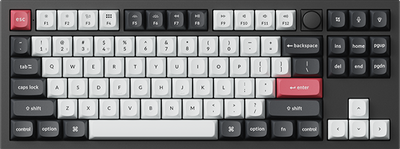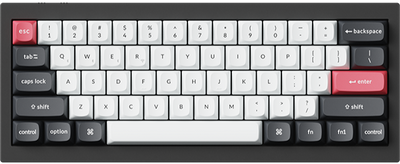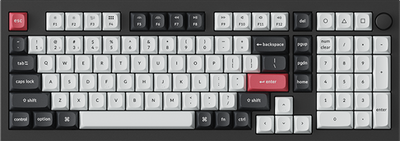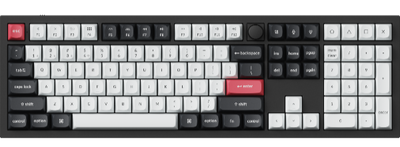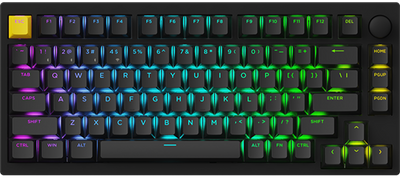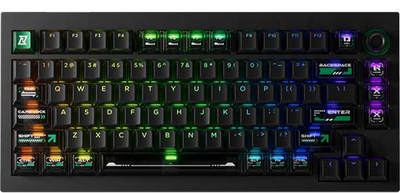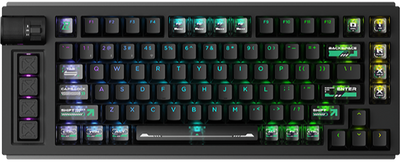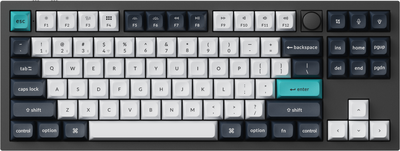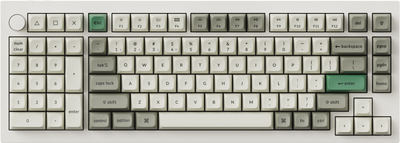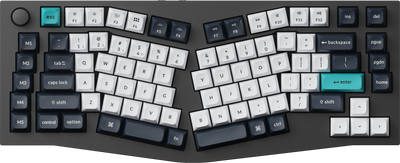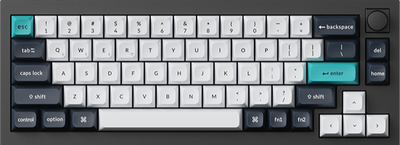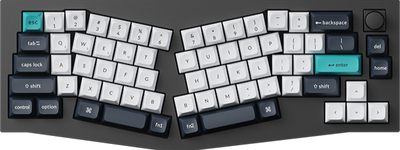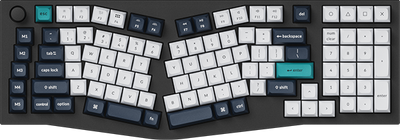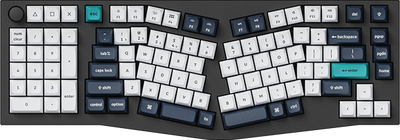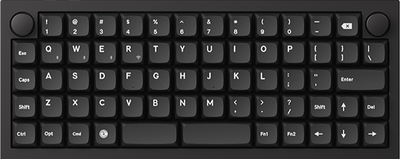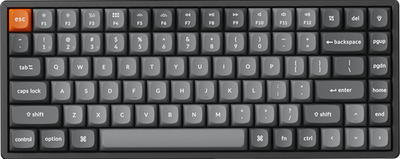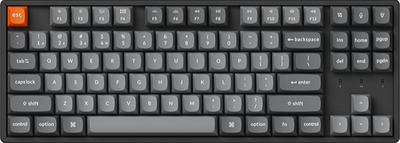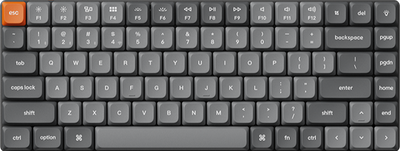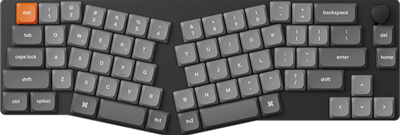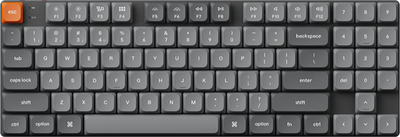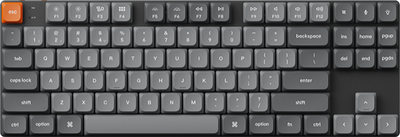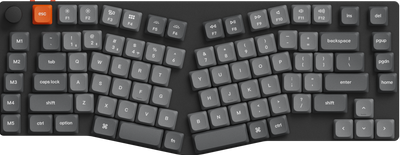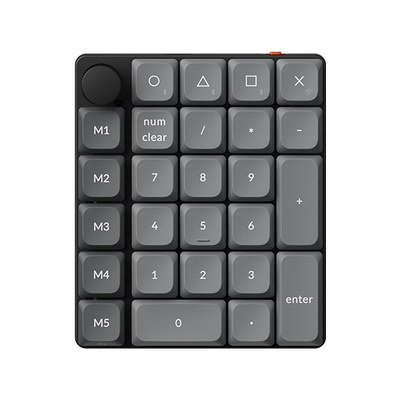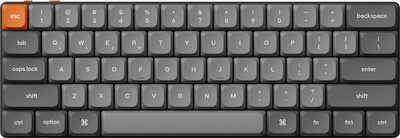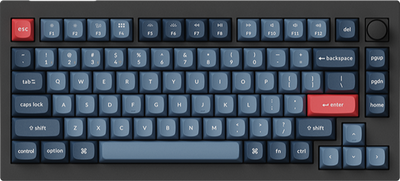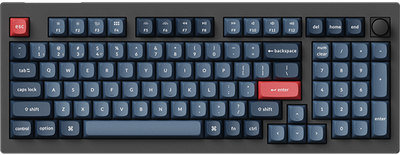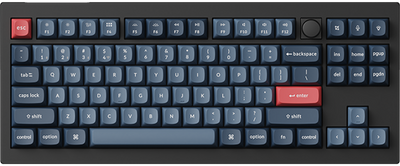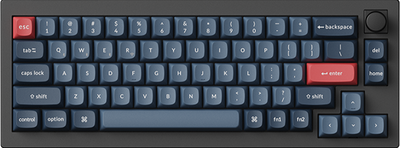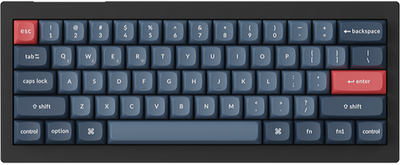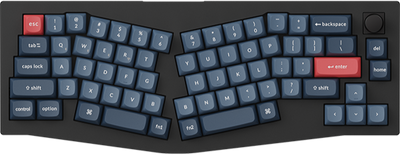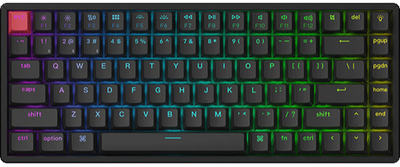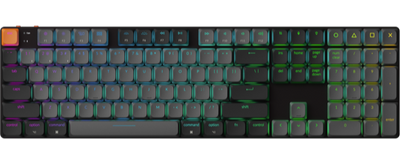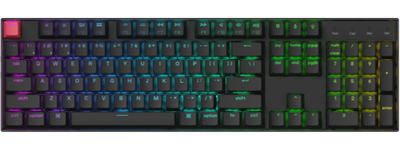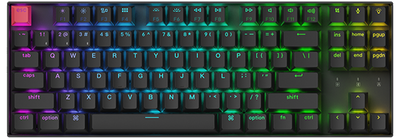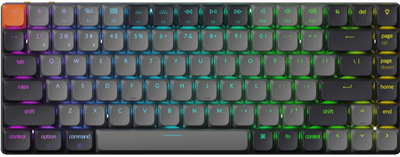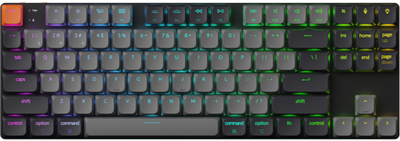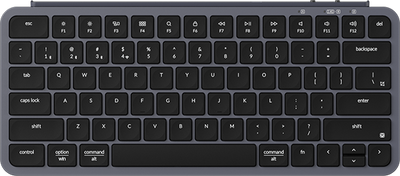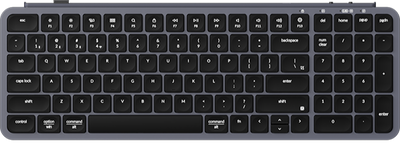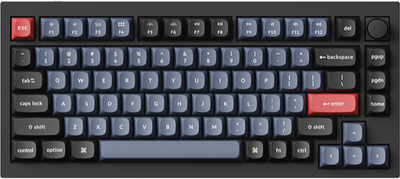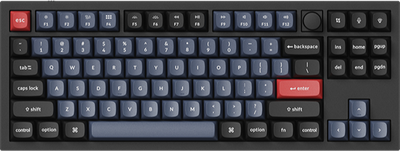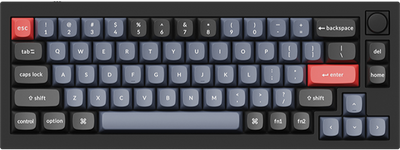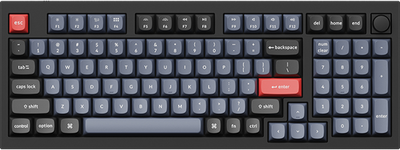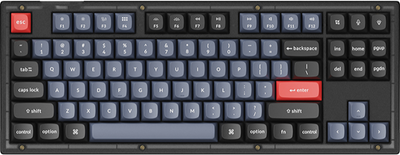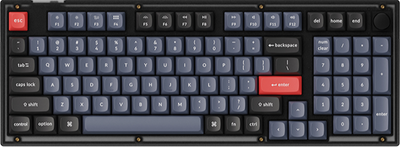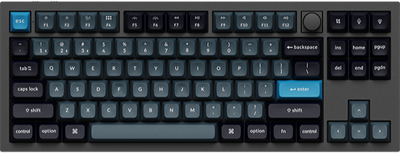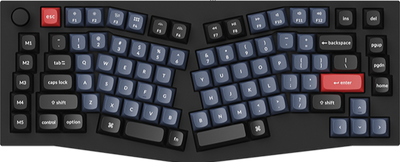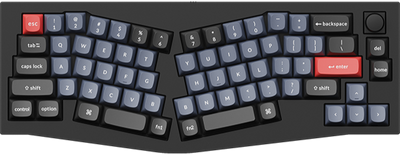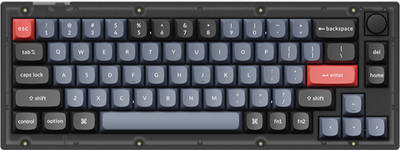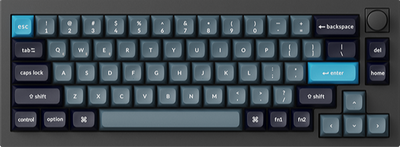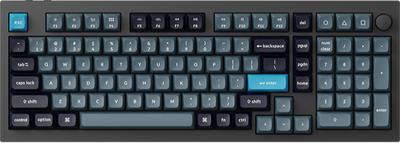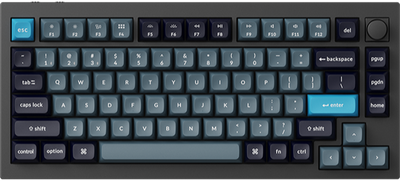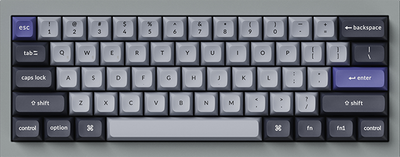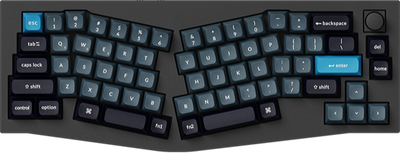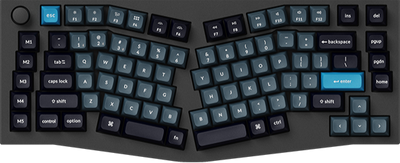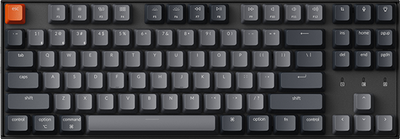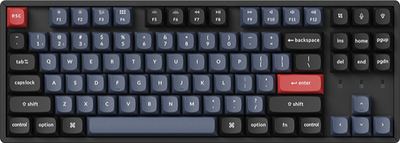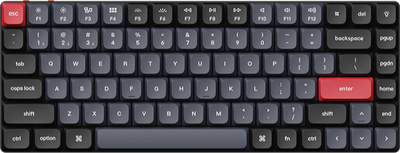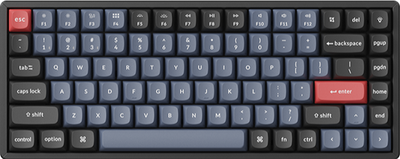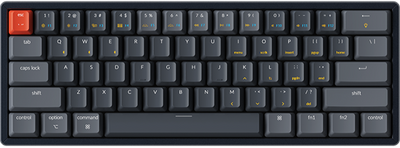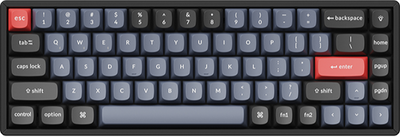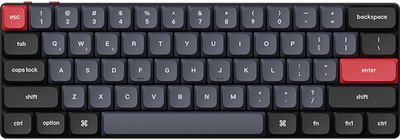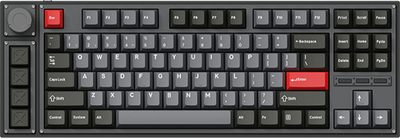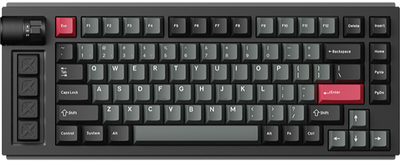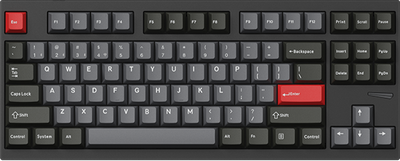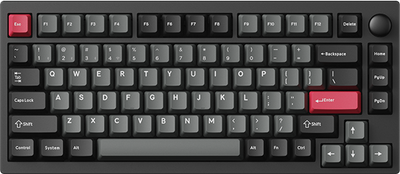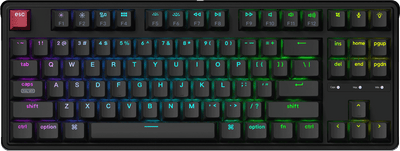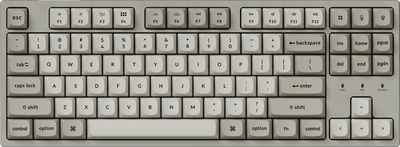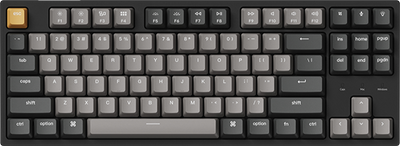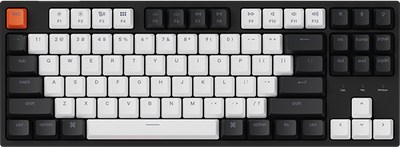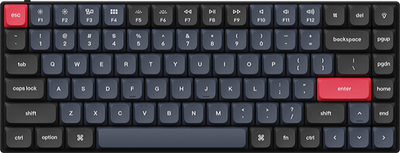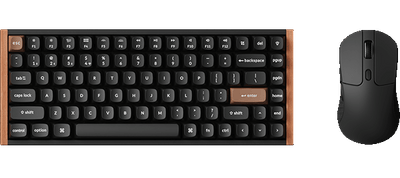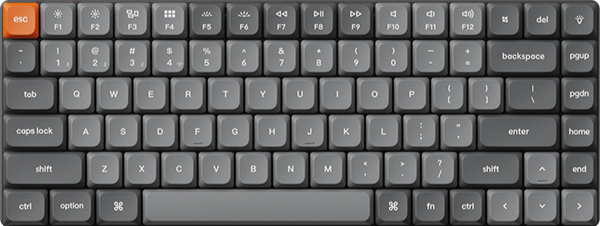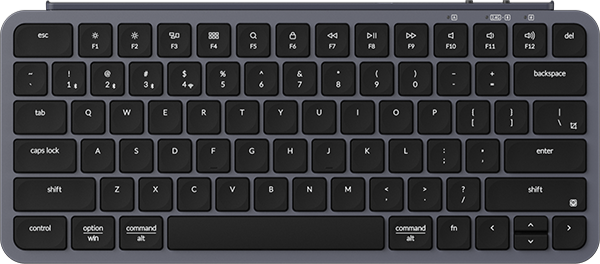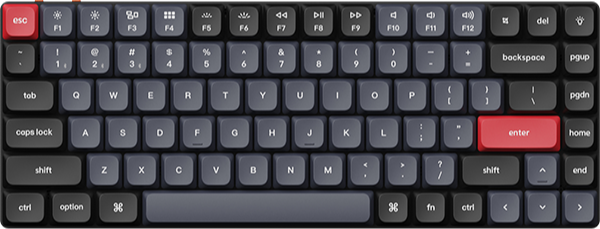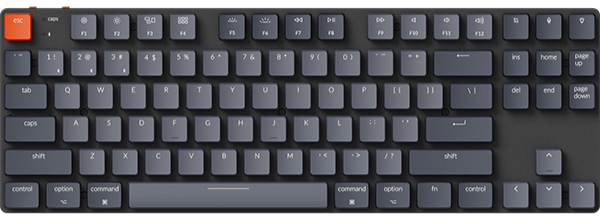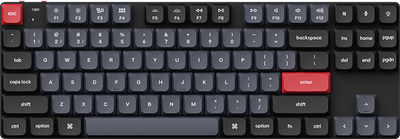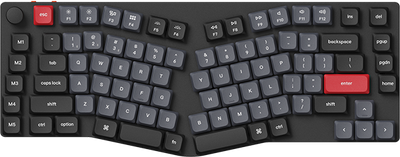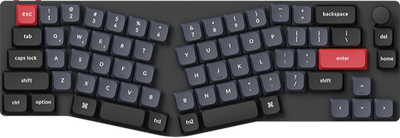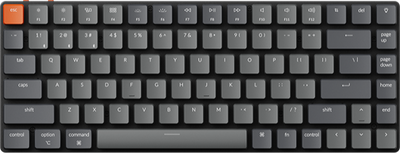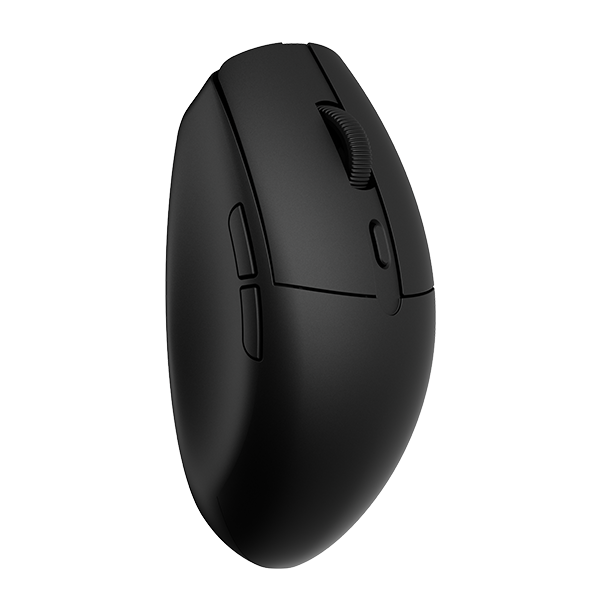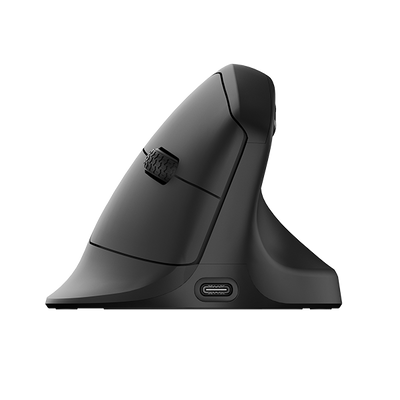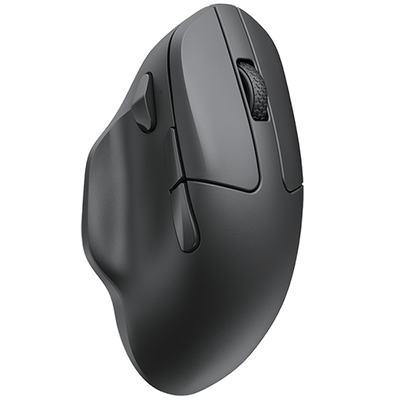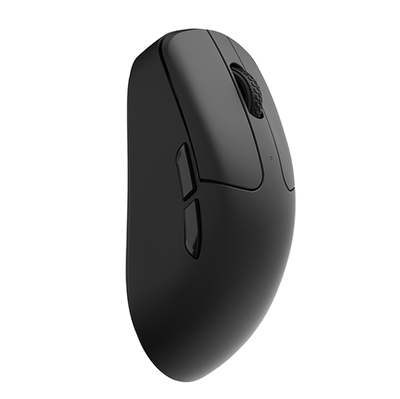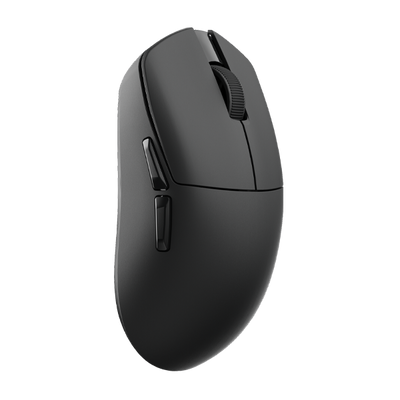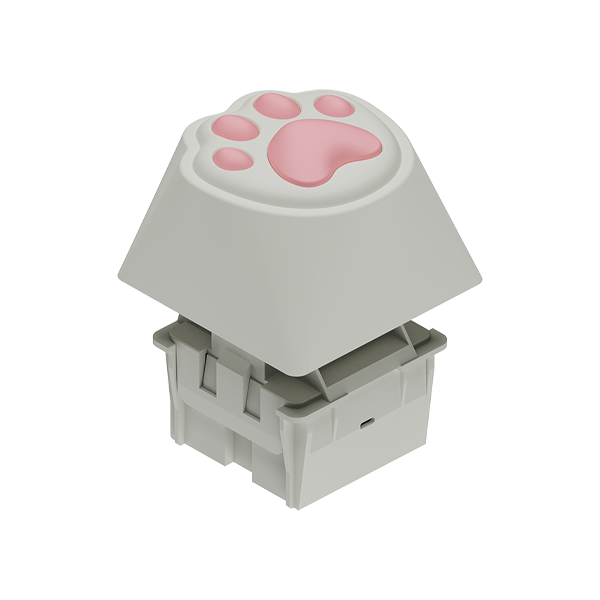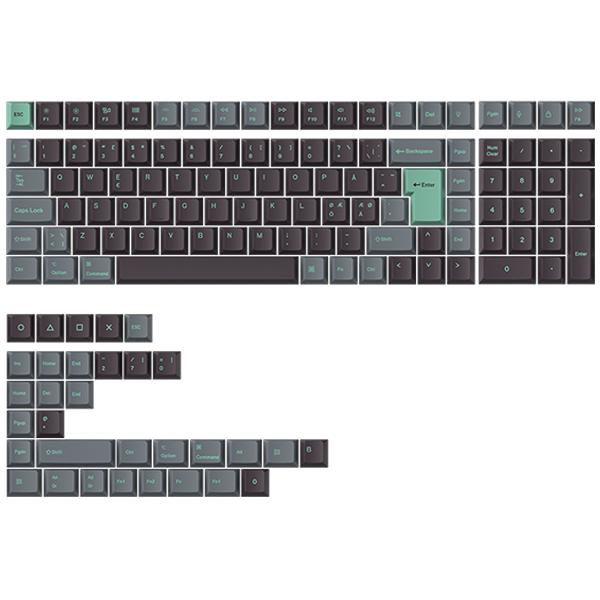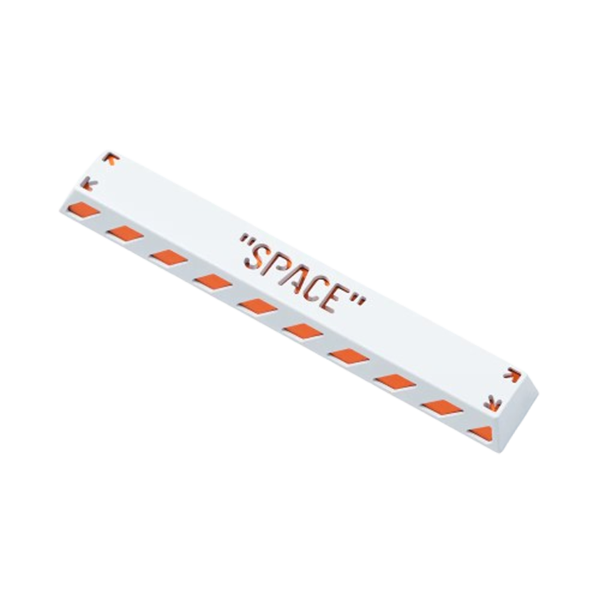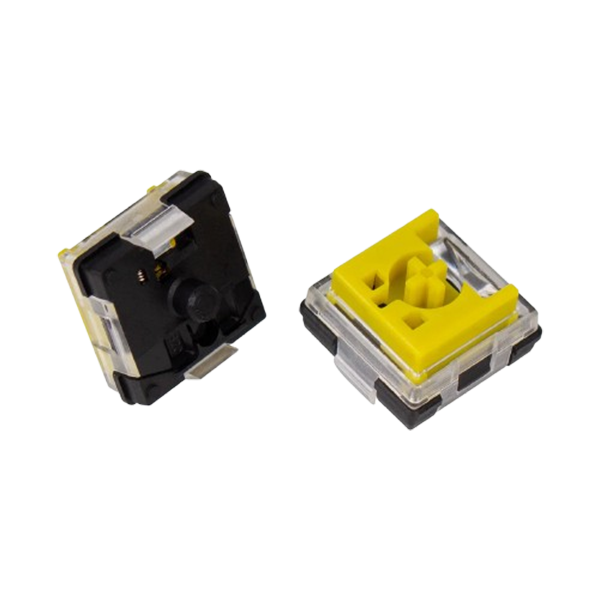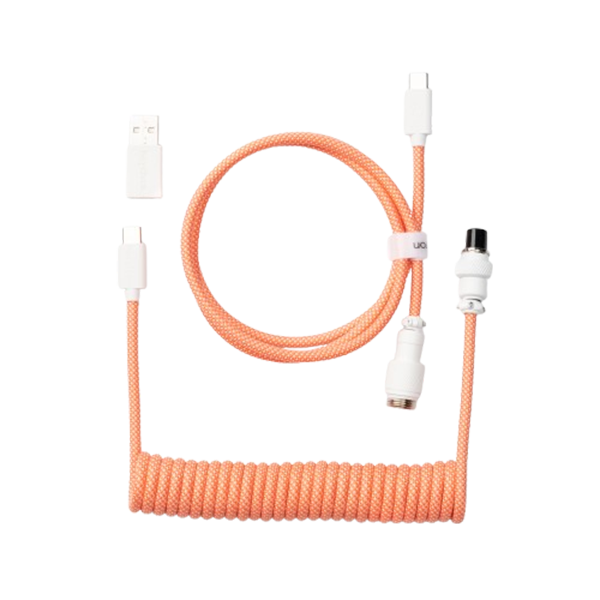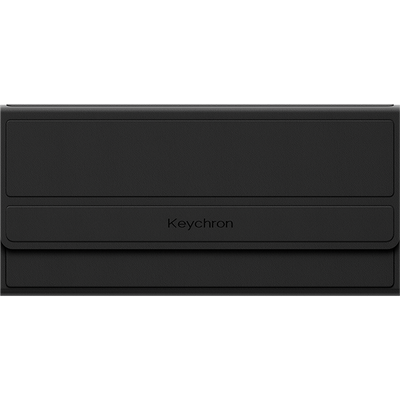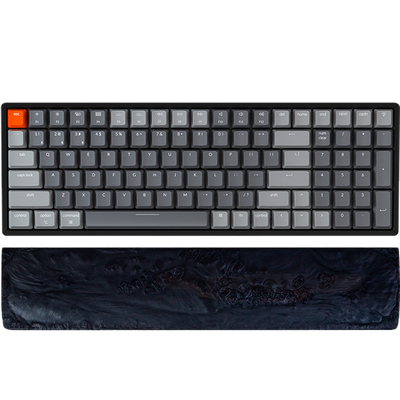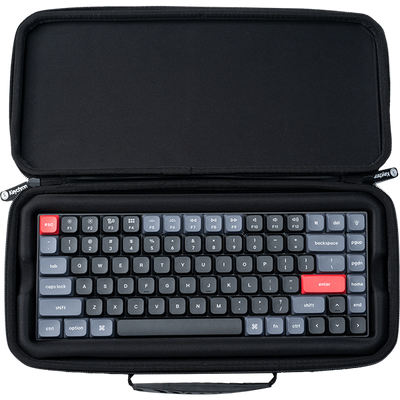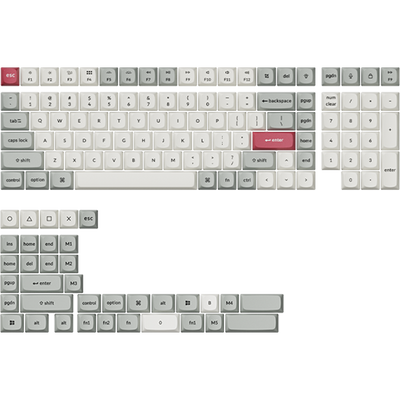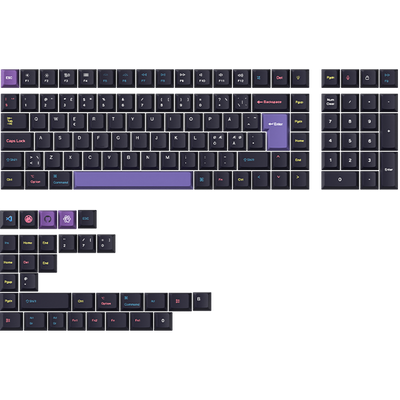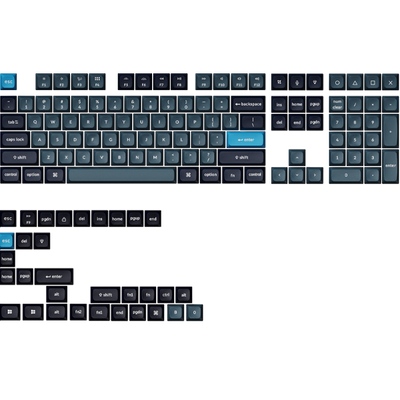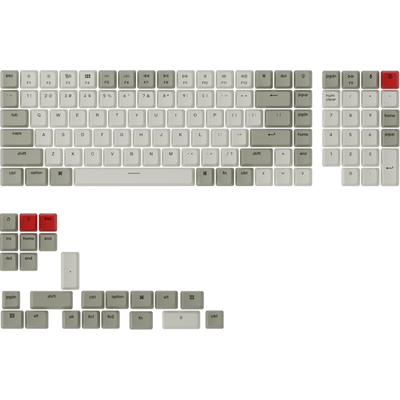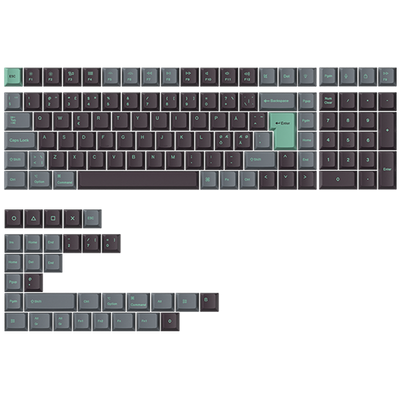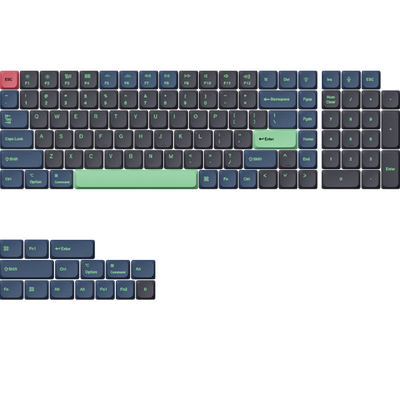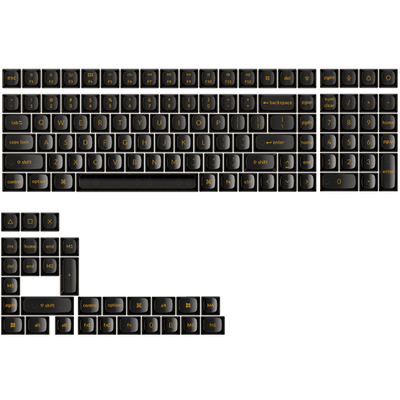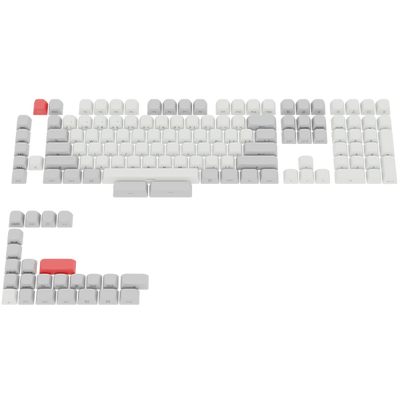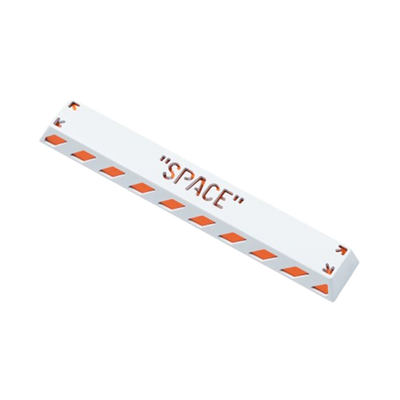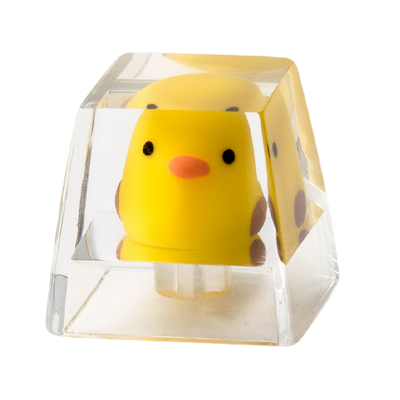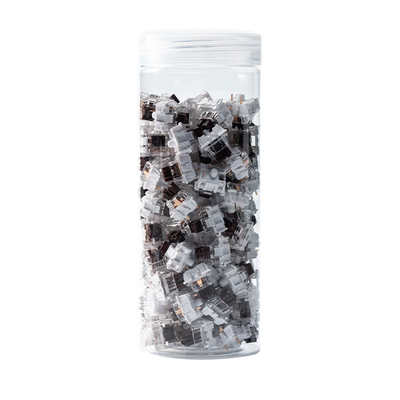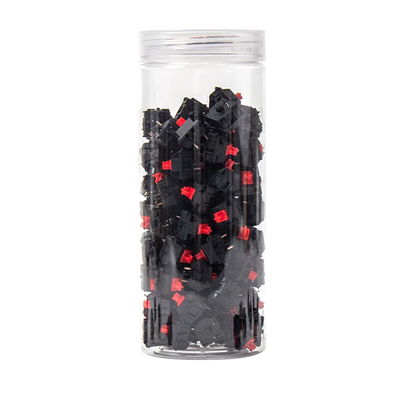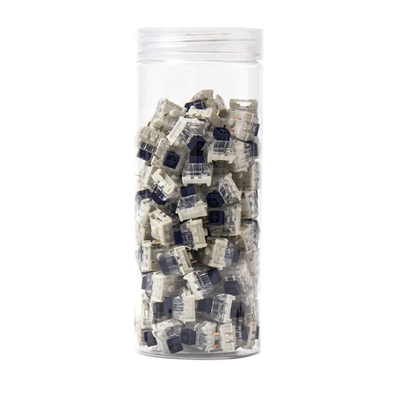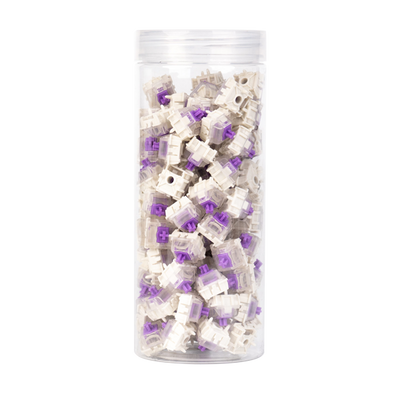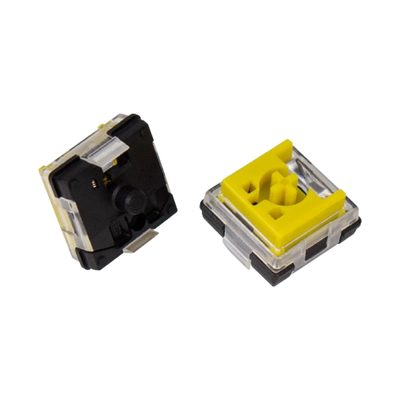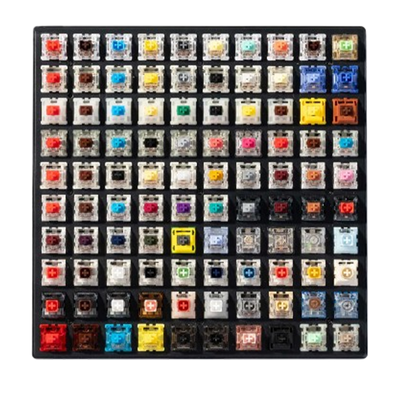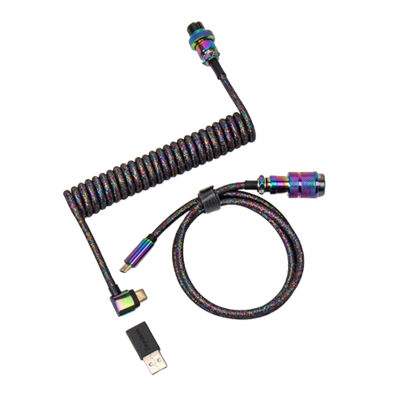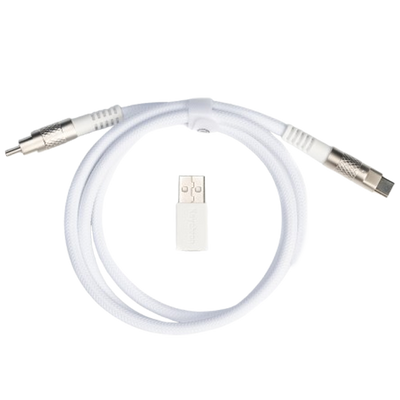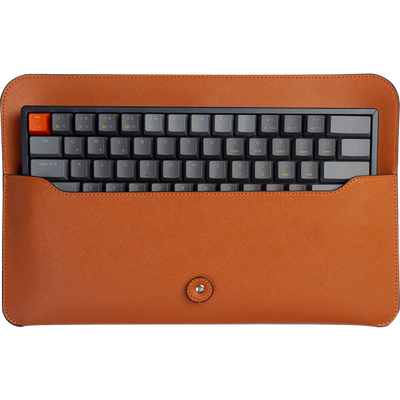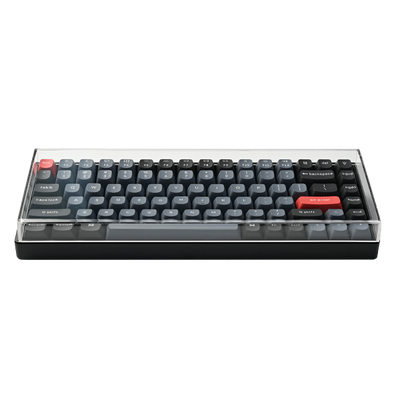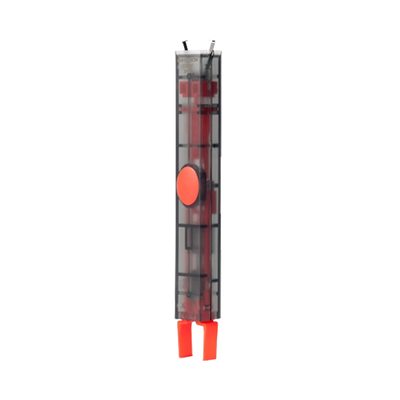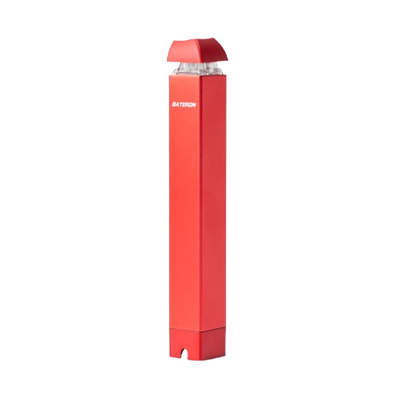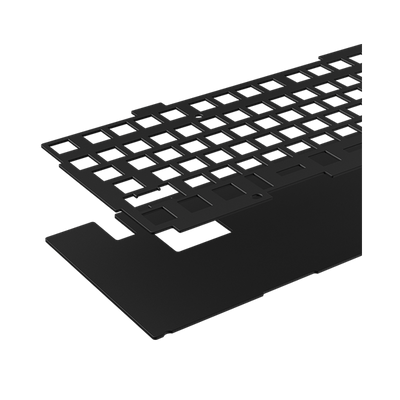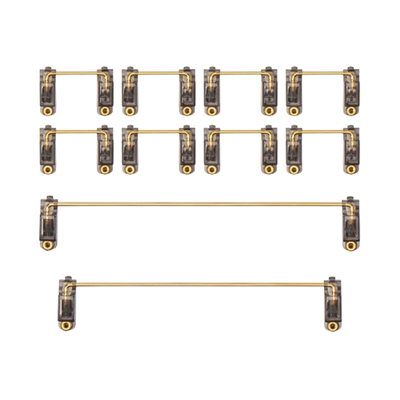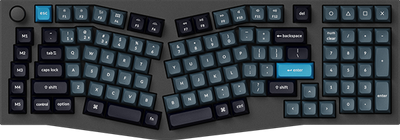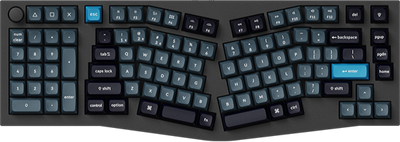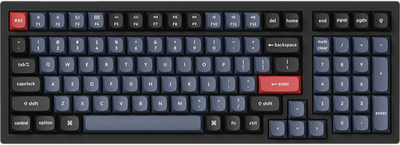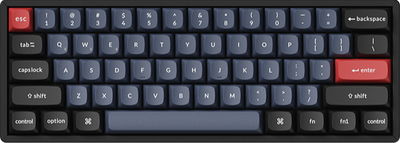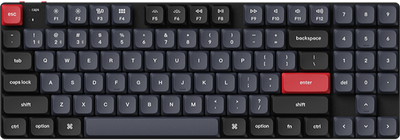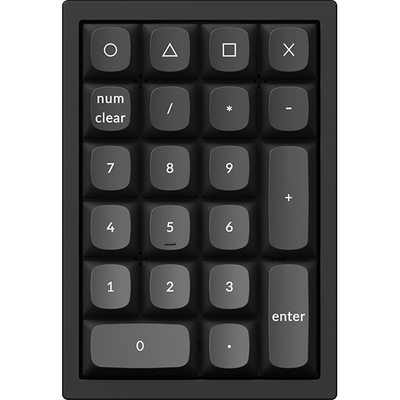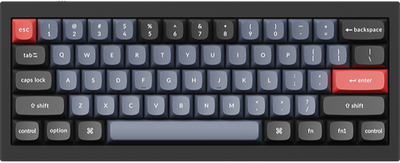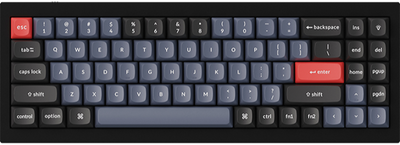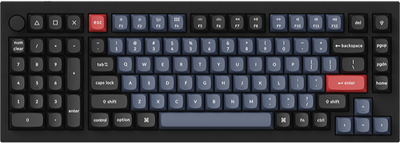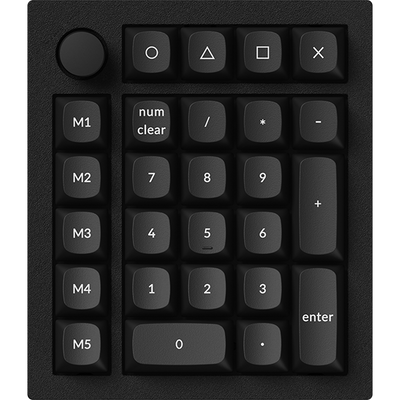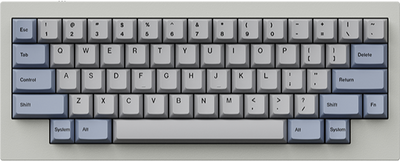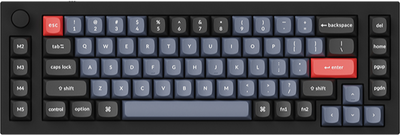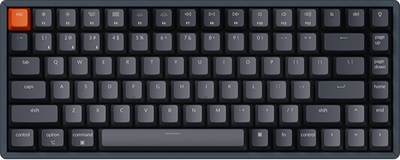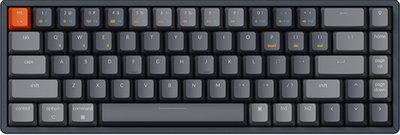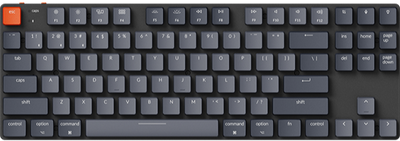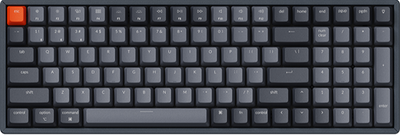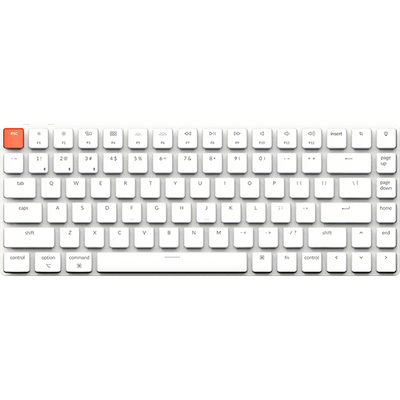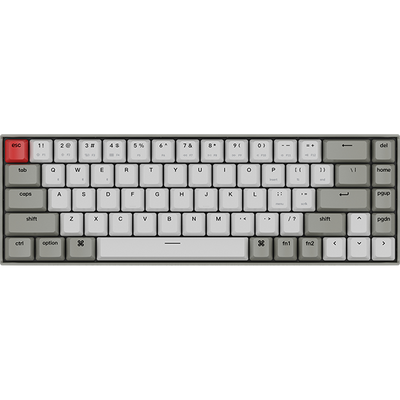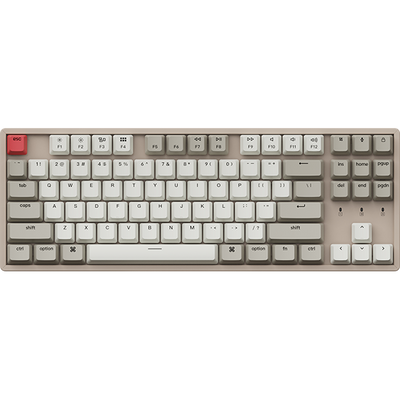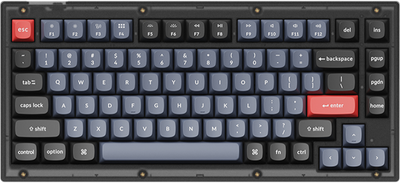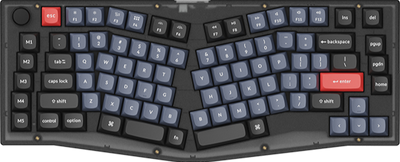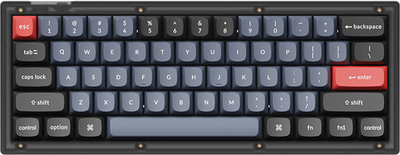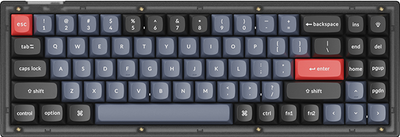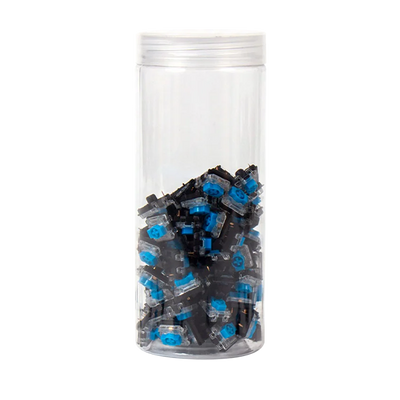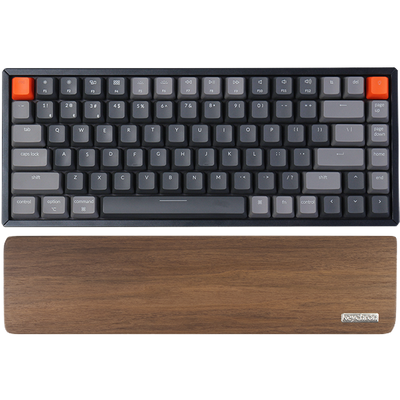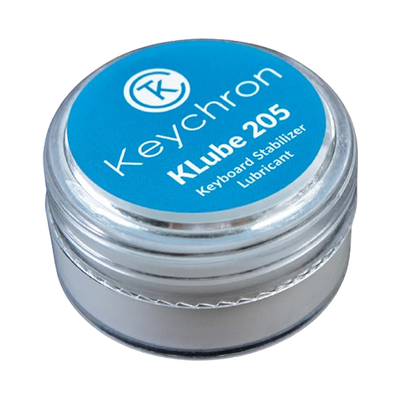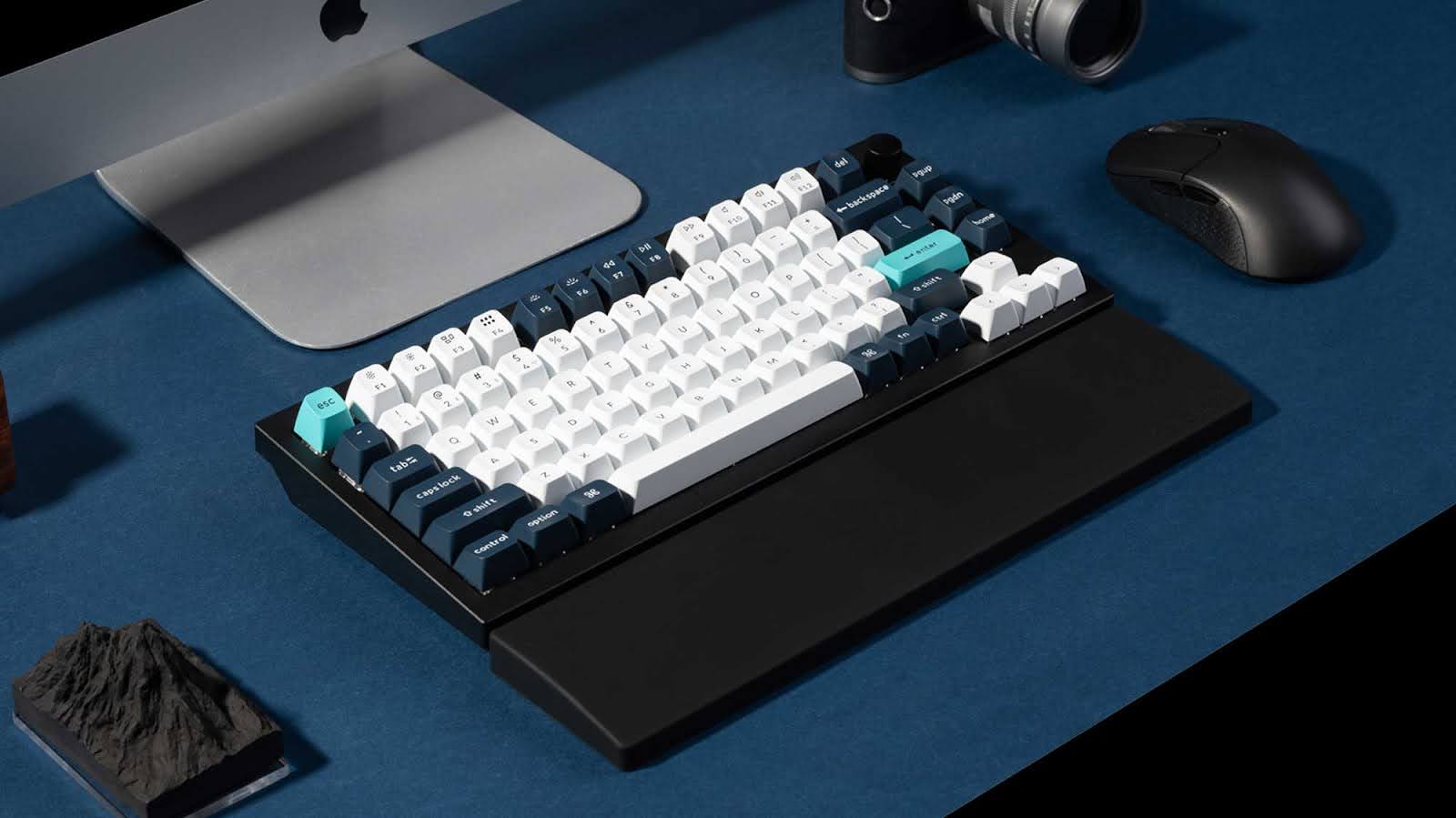So, do you need a wrist rest for your keyboard? It's a common question among desk jockeys, gamers, and coding warriors alike. In the quest for the ultimate ergonomic setup, a wrist rest often comes into play, promising comfort and strain reduction. But is it truly a universal necessity, or does its value depend on your unique typing habits and gear?
This article will dive into the world of keyboard wrist rests, dissecting their purpose, benefits, and how they integrate into an optimized workspace. We'll help you determine if this seemingly simple accessory is the missing link in your ergonomic chain.
Prepare to learn more about wrist rests and discover if adding one to your station is the upgrade your wrists have been craving.
Ready to enhance your typing comfort? Explore Keychron's full range of ergonomic wrist rests and find the perfect match for your keyboard.
What’s The Purpose Of A Keyboard Wrist Rest?
Ever wonder what keyboard wrist rests are for? They help your wrists stay straight and comfortable while typing. They simply offer a soft spot to reduce strain.
Understanding Wrist Rest Functionality
Wrist rests primarily keep your wrists in a natural, neutral position, preventing awkward bends. They're a comfortable landing spot for your palms during typing breaks, not constant wrist support. You'll find them in various materials like gel, foam, wood, or plastic, offering diverse comfort levels.
Crucially, line up your wrist rest with your keyboard. This creates a straight path from elbow to fingertips, preventing painful wrist bends.
How Wrist Rests Support Ergonomic Typing
Beyond posture, wrist rests absorb impact from every keypress. This cushioning significantly cuts down on hand and wrist fatigue during long sessions. Happy wrists can also improve your overall upper body posture, meaning fewer sore shoulders or neck aches.
Remember: support your palms when pausing, not your wrists constantly, to avoid nerve pressure. Always match the wrist rest's length to your keyboard for the best fit.
Do You Need A Wrist Rest?
Not everyone needs a wrist rest. Personal comfort and your work environment are key in deciding if a wrist rest suits you.
Assessing Your Typing Posture And Habits
Notice how your hands position themselves while typing. If your wrists bend upward or downward for long periods, a wrist rest might help.
Look for signs of discomfort like soreness, tingling, or fatigue in your wrists after typing. These symptoms often indicate poor wrist positioning.
Key posture indicators to consider:
- Do your wrists hover above the desk while typing?
- Do your wrists rest directly on the hard edge of your desk?
- Do you type for more than 2 hours daily?
A wrist rest should support your palm, not your wrist. Keep your wrists straight and neutral during typing.
Impact Of Keyboard Type On Wrist Strain
Different keyboard designs create various typing angles that affect wrist positioning. Mechanical keyboards with higher profiles often create steeper typing angles that may increase wrist strain.
Keyboard factors affecting wrist comfort:
- Height: Taller keyboards typically require more wrist extension
- Angle: Keyboards with steep inclines put more pressure on wrists
- Size: Compact keyboards may reduce reaching movements
Low-profile keyboards usually require less wrist adjustment than bulkier models. However, typing without support for long periods can still cause discomfort.
If you use an ergonomic or split keyboard, you may benefit from wrist rests designed for these layouts. These keyboards often have unique ergonomic requirements.
Choosing The Right Wrist Rest
Select a wrist rest by considering material comfort and positioning to prevent strain during keyboard use.
Material And Comfort Considerations (Wood, Resin, Silicone)
Wood wrist rests offer firm support and a natural look. They often have rounded edges and smooth finishes for comfort during long typing sessions.
Resin wrist rests combine durability and customization. These often feature colorful designs and can be molded to specific shapes, providing medium firmness for support and comfort.
Silicone options offer the softest support. These materials conform to your wrists and cushion pressure points. Silicone rests are easy to clean and usually waterproof.
Proper Positioning For Maximum Benefit
Getting the most out of your wrist rest means using it correctly. It's not just about having one; it's about how you position yourself with it. Follow these guidelines to ensure optimal ergonomic benefit:
- Your wrist rest should align with your keyboard height. The top surface should be level with or just slightly below your keyboard to keep your wrists in a neutral position.
- Rest your palms, not your wrists, on the support. Direct pressure on your wrists can compress nerves and blood vessels, potentially leading to discomfort or more serious issues.
- Select a wrist rest with enough depth (typically 2-3 inches) to comfortably support your palms without forcing your hands into awkward angles.
- Always strive to keep your wrists straight while typing. Your arms should form roughly a 90-degree angle at the elbow, and your shoulders should remain relaxed.
Keychron's Ergonomic Wrist Rest Collection
Keychron offers a fantastic range of wrist rests designed specifically for our keyboards. These aren't just accessories; they're essential supports to banish wrist fatigue, especially when typing on our popular higher-profile mechanical keyboards.
Diverse Options For Every Keychron Keyboard
We've got a wrist rest for almost every Keychron board, from our Q and V series to our K series. You can pick from these premium options:
- Wooden Wrist Rests: Crafted from solid wood, these provide durable, firm support with a classic aesthetic. They're built to last and offer a stable base for your palms.
- Resin Palm Rests: Featuring a sleek, smooth surface and anti-slip rubber feet, our resin rests offer comfortable support with a stylish touch. They come in various finishes to complement your setup.
-
Silicone Palm Rests: For those who prefer a softer, more cushioned feel, our silicone rests provide pliable comfort. They're designed for a gentle touch and excellent grip on your desk.
Each wrist rest is meticulously sized to fit your specific Keychron keyboard model, ensuring perfect alignment.
Finding Your Perfect Keychron Wrist Rest
Choosing the right Keychron wrist rest is simple.
First, match the size to your exact keyboard model – we have options for everything from compact boards to full-size layouts. Consider the material: wood for solid support, resin for a smooth feel, or silicone for soft comfort.
Remember, the ideal wrist rest keeps your wrists at a neutral angle. Use it to support your palms when pausing, never your wrists continuously, to avoid pressure.
Lastly, always measure your desk space to ensure a perfect fit!
Looking to complete your ergonomic setup? Discover precision and comfort with Keychron's collection of ergonomic mice.
Conclusion: Do You Need a Wrist Rest for Keyboard?
Ultimately, whether you truly need a wrist rest depends on your individual typing habits and existing setup. However, its benefits for reducing wrist strain and promoting better posture are clear. It's a simple yet effective tool for anyone spending significant time at their keyboard.
Keychron’s diverse range of wrist rests, crafted from premium wood, resin, and silicone, ensures there’s a perfect match for your specific keyboard and comfort preferences. Investing in the right wrist rest is an easy way to elevate your ergonomic workspace and enhance your typing health.
Ready to complete your ergonomic battle station? Explore our comprehensive guide to finding your ideal pointing device. Read our article on the best ergonomic mouse to complement your Keychron keyboard.
Frequently Asked Questions: Do You Need a Wrist Rest for Keyboard?
Is a wrist rest for keyboard necessary?
A wrist rest isn't strictly necessary, but it can significantly benefit many users. It helps maintain proper wrist alignment, especially during long typing sessions. If you experience discomfort or fatigue, a wrist rest might greatly improve your comfort.
Do pro players use wrist rests?
Yes, many professional gamers and typists use wrist rests for comfort during extended sessions. They select rests that suit their specific needs, with some preferring smooth surfaces for quick movements. Ultimately, individual comfort and style dictate their choice.
Do keyboard wrist rests prevent carpal tunnel?
Wrist rests alone don't prevent carpal tunnel syndrome, but they can definitely help by promoting neutral wrist posture. Remember to use them correctly by resting your palms, not wrists, and keeping wrists straight. For best prevention, combine them with good posture, breaks, and other ergonomic equipment.
Is a hard or soft wrist rest better?
Both hard and soft wrist rests offer unique benefits. Soft rests (gel, foam) provide more cushioning and comfort for long typing periods. Hard rests (wood, plastic) offer stable, durable support and are easier to clean. Your personal preference and specific needs should guide your choice.


